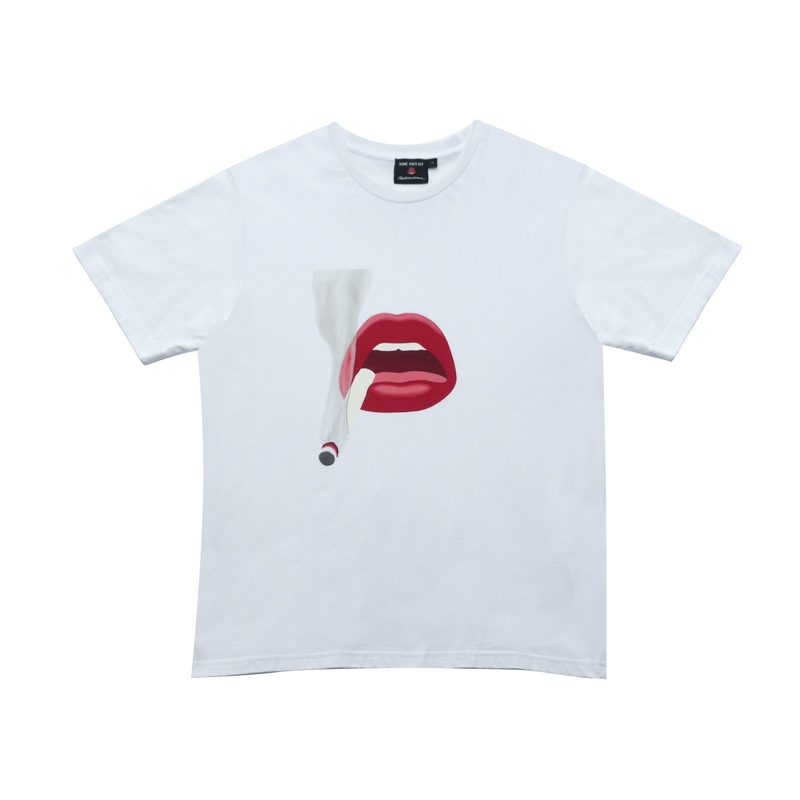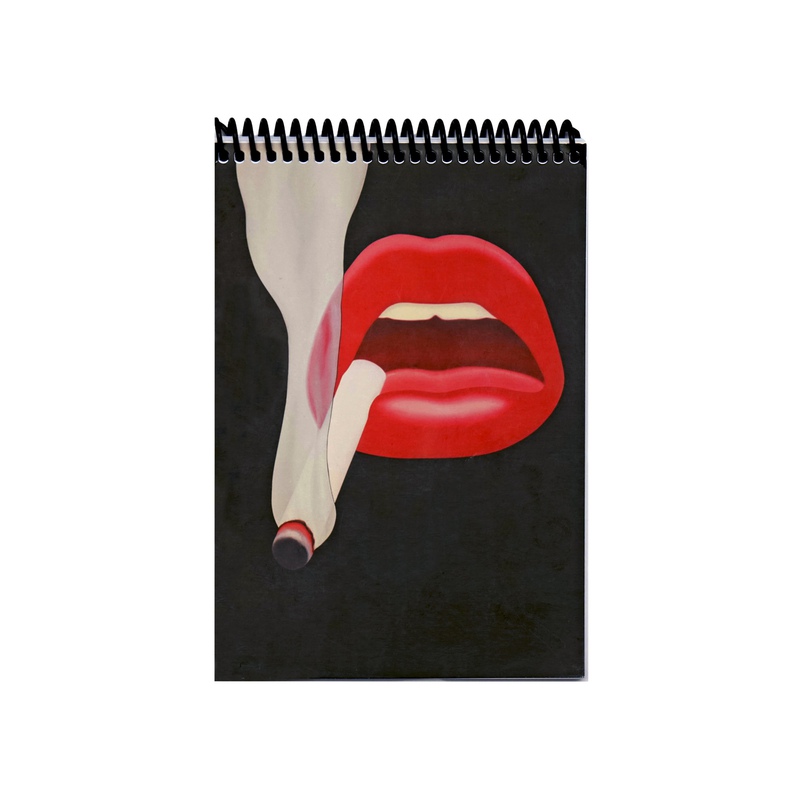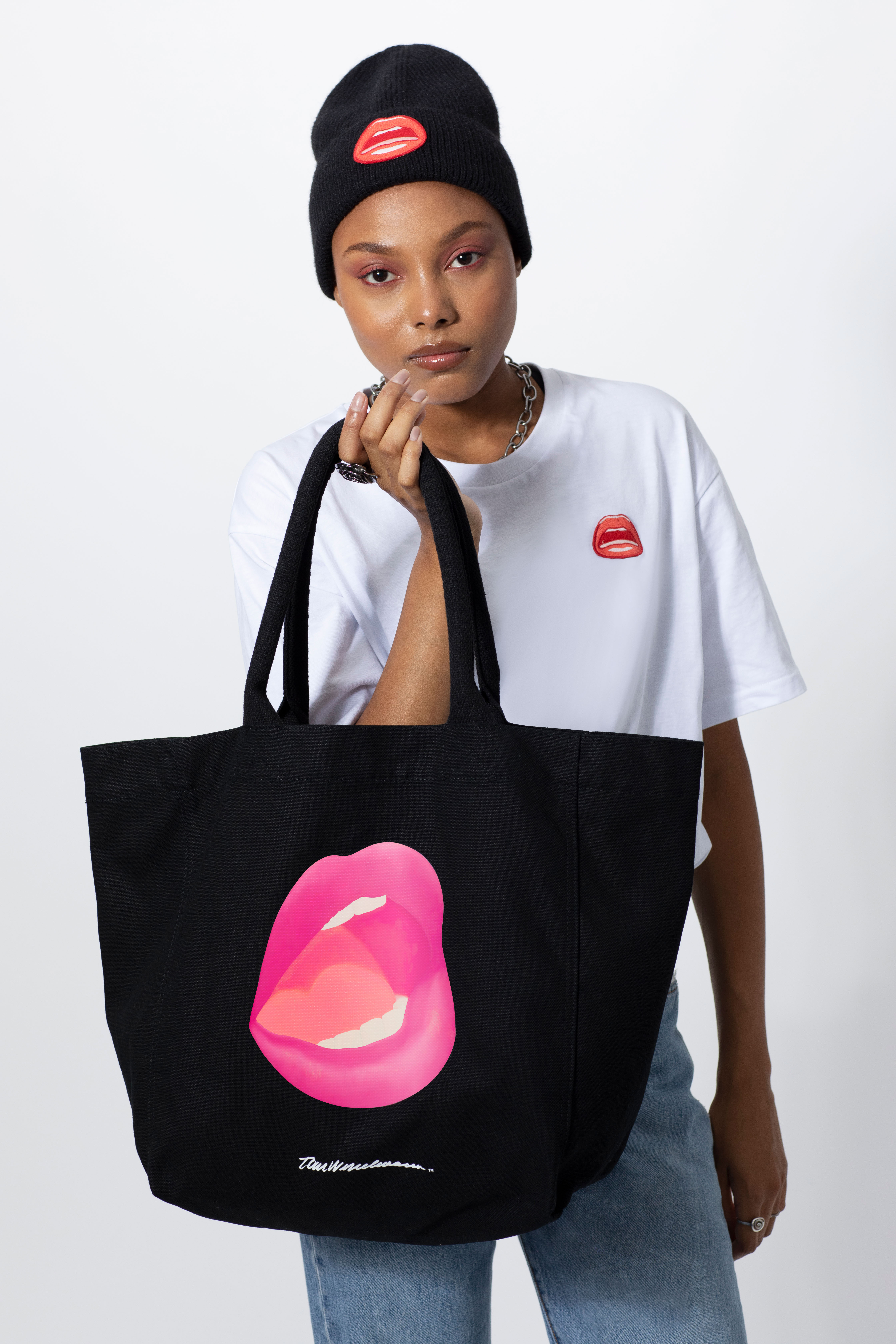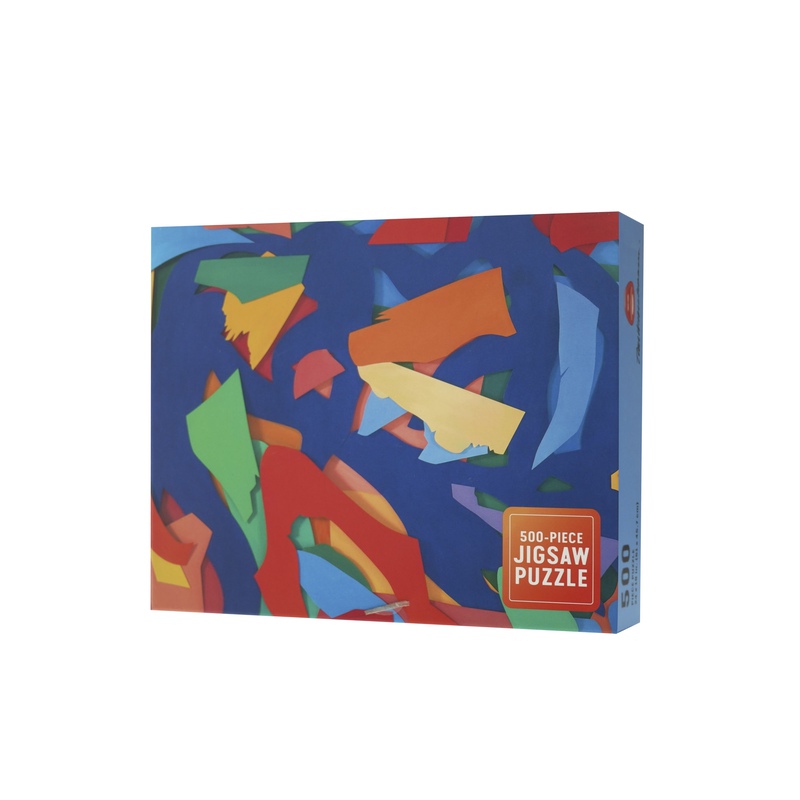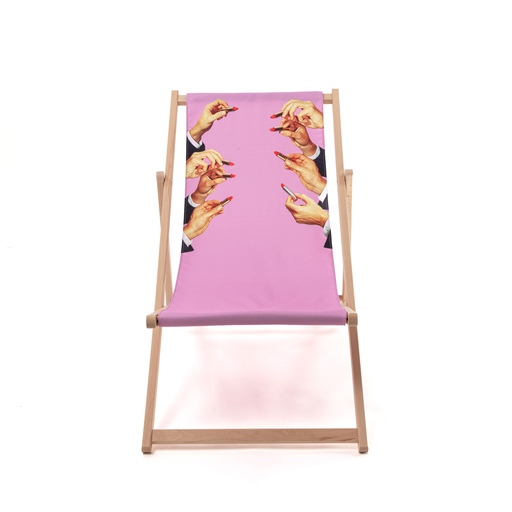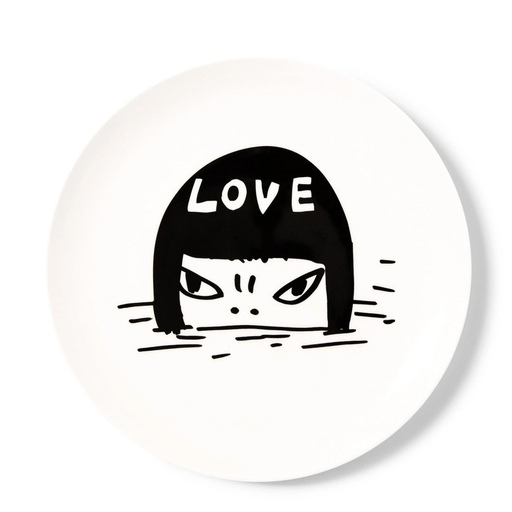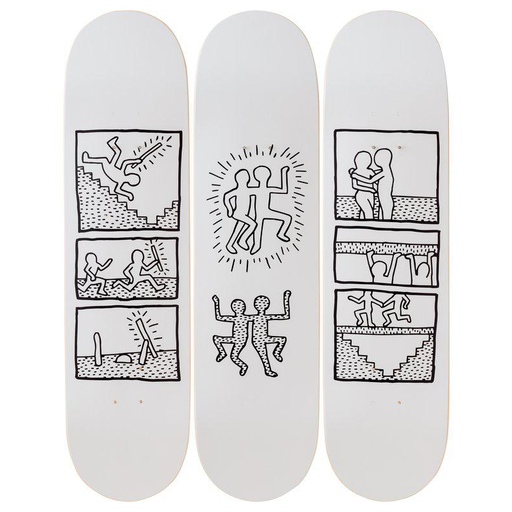Christina Burns knows that appreciation of art doesn't disappear when you exit the exhibition space. That’s why her company, Rome Pays Off, creates bespoke capsule collections with artists and their estates including Jean-Michel Basquiat, Ai Weiwei, and Rashid Johnson.
These are not gift-shop souvenirs or art world tchotchkes. Instead, Rome Pays Off’s garments and accessories are carefully crafted, exquisitely reproduced works that directly reflect pertinent exhibitions and museum-quality works.
Whether it’s a Basquiat Beat Bop crown knit beanie, an Ai Weiwei Zodiac Ox candle or a Rashid Johnson Escape Collage tee, Burns and her company find a way to weave fine art into our everyday lives. The company works directly with artists and their estates, as well as the finest textile mills and manufacturing plants, to ensure their interpretations of contemporary works remain key pieces within a buyer’s wardrobe for years to come.
As the company launches a new line of Tom Wesselmann apparel, stationery, puzzles, bags, and accessories , we talk to Burns about the origin of Rome Pays Off, her partner David Stark’s fine-art pedigree, the small (but big) details in their clothing, the artists she hopes to work with soon, and what you may only notice once you’ve worn one of their T-shirts three or four times.
Tell us about the birth of the company and how you decided on the name? A Jean-Michel Basquiat print was hanging up in the office when my business partner David Stark (CEO of the Artestar Art Agency) and I were launching the company. That’s when the idea for the name, Rome Pays Off was developed.
David started off working with Keith Haring at the original Pop Shop in New York, making artist edition products - the OG of artist products. So we had this idea that we should be making products ourselves, not just doing the deals with the brands that David was working with - brands such as Uniqlo and Coach and fashion brands like Dior, Off White and Lanvin.
Most importantly, we wanted to make artist edition products that were not souvenirs. We wanted to make products that were related to exhibitions, that were at museums, and that told stories about the artists themselves, because we work directly with the artists or the estates.
We did an edition with the Basquiat estate for an exhibition here in New York called King Pleasure. We really thought about Jean-Michel as a person and his personality, and we tried to tell a story with our product that gave you a little bit of a hint about who he was. He had a great sense of humor, he was very witty, very smart. So we wanted to have those elements in the product.
![]() What are the things that are important to Rome Pays Off?
We put a lot of care into things that most people wouldn’t notice. We want to feel good about everything we do. I think you get what you pay for, even if it’s a T-shirt. And also, you’re not going to see everyone on the street wearing them because they are not mass-produced items.
What are the things that are important to Rome Pays Off?
We put a lot of care into things that most people wouldn’t notice. We want to feel good about everything we do. I think you get what you pay for, even if it’s a T-shirt. And also, you’re not going to see everyone on the street wearing them because they are not mass-produced items.
We don’t advertise or say it out loud, but I want ours to be the best T-shirt people buy - their favorite shirt. The only way for us to achieve that was to find factories we wanted to work with and to do small runs, as we also don’t want to create waste. We work with amazing factories in Portugal that understand printing and exactly what it is that we’re looking for.
How do you choose what artist and what image you work with? Above all, we try to pick works that we think are going to be commercially successful, but we almost always start with a story. Whether it’s obvious or not, we know that there has to be a story that’s being told for every piece that we develop. Then there is practical decision making involved - for instance production limitations - we have to take that all into consideration.
I came from book publishing I was the editorial director of a German book publisher called teNeus here in New York and helped build and drive the program for that from 2002 to 2014. So with my background I knew a lot about reproducing artwork on paper. I have a pretty good intuitive eye when it comes to looking at the work and to translating it to whatever the product may be.
What we try to keep in mind is that we are not reproducing artwork. We’re making product. So an artwork may be translated to a hat or a T-shirt or bag. We can maintain the integrity of the original work, but it doesn’t have to be a one-for-one reproduction for it to have integrity.
Can you give us an example of an instance when that happened? Yes, for example: I just had some strike offs [printed fabric samples] of an enormous work called New Nile which is at the [Basquiat] King Pleasure exhibition in New York. It’s huge, 50 feet long. The red ground in one corner is bright but it’s darker in another. To translate that into a product we are going to change the color so that it is consistent. It would look dirty on a T-shirt if we were to be faithful to the exact reproduction.
I think we have developed a trust with the artists and estates we work with, so they know what we are doing and why we’re doing it. And we are respectful of what they are asking us to do or not to do. After a while it becomes somewhat intuitive.
Artestar not only brokers deals for brand collaborations but David (Stark) also helps manage the business side of the Basquiat estate and helps them with their strategy. He didn’t know Jean-Michel personally, but he was very close to Gerard Basquiat (Jean-Michel’s father) and has worked with the estate for twenty years now. Gerard took Jean-Michel’s legacy and turned it into a pop cultural phenomenon. The Basquiat brand was built by him. We all try hard to help protect and position the Basquiat brand. It’s sentimental now.
As well as Basquiat, David works with the Keith Haring estate; he works with Kenny Scharf, and Robert Mapplethorpe - a giant list of very well-known visual artists.
Do you have a wish list of artists you'd like to work with? We do have a little bit of a wish list. But it happens passively as well. We will work with exhibitions if there’s an opportunity, and if we can do it and it fits in with our brand and it’s an artist we love we’ll make it happen. We’re small and nimble and hungry.
We work with amazing galleries and museums – the Frick in New York and The Broad in Los Angeles. They recently hosted a Shirin Neshat exhibition, so we worked closely with them to develop a collection. It takes time because we tell stories and to do that well you have to have a narrative.
Is there a brand aesthetic the artworks have to fit with? Definitely. We have a customer in mind. We get a lot of input from the street culture. I live in the East Village, and I look at what people wear on the street. So we think of that kind of urban person as our customer. We don’t want anything like a Monet umbrella, but we also don’t want to be a streetwear brand. We want to be a little more elevated. We are thinking of a more sophisticated consumer, somebody who maybe doesn’t even know who the artist is but is a little more curious than most.
For Wesselmann and Basquiat they are slightly different customers. For Wesselmann it probably skews a little more female. I just wore one of the Wesselmann T-shirts the other day and got a lot of compliments. But I was surprised at how many people did not know who he was. I think the Wesselmann images are cool, they are minimal, but because they are so minimal people tend to notice them more.
With the Basquiat products we’re trying to create greatest hits. We know what the most commercially popular images are, but we try to make them a little more different; so we try to shoot the images in a different way. The body of our T-shirt does not have a seam so we can wrap the image around the side. Someone may not notice that until they have worn the shirt a few times.
What’s next for Rome Pays Off? We’re working with William Kentridge next. We’re very excited about that. It’s in connection with The Broad show that he has coming up . We are also doing a small capsule collection to support reproductive rights using a Barbara Kruger slogan: Your Body is a Battleground. And we are hoping to launch a collection next year with Robert Indiana’s estate. We also have some new jacquard beach towels, some outer wear pieces including a work wear painter’s jacket. Check out the partner page of Rome Pays Off on Artspace here where you'll find many of the fashion and lifestyle collaborations and collections with some of the most culturally relevant artists from past, present (and very possibly future).
Check out Rome Pays Off's Tom Wesselmann products here and take a look at some of our prints by Wesselmann here .












